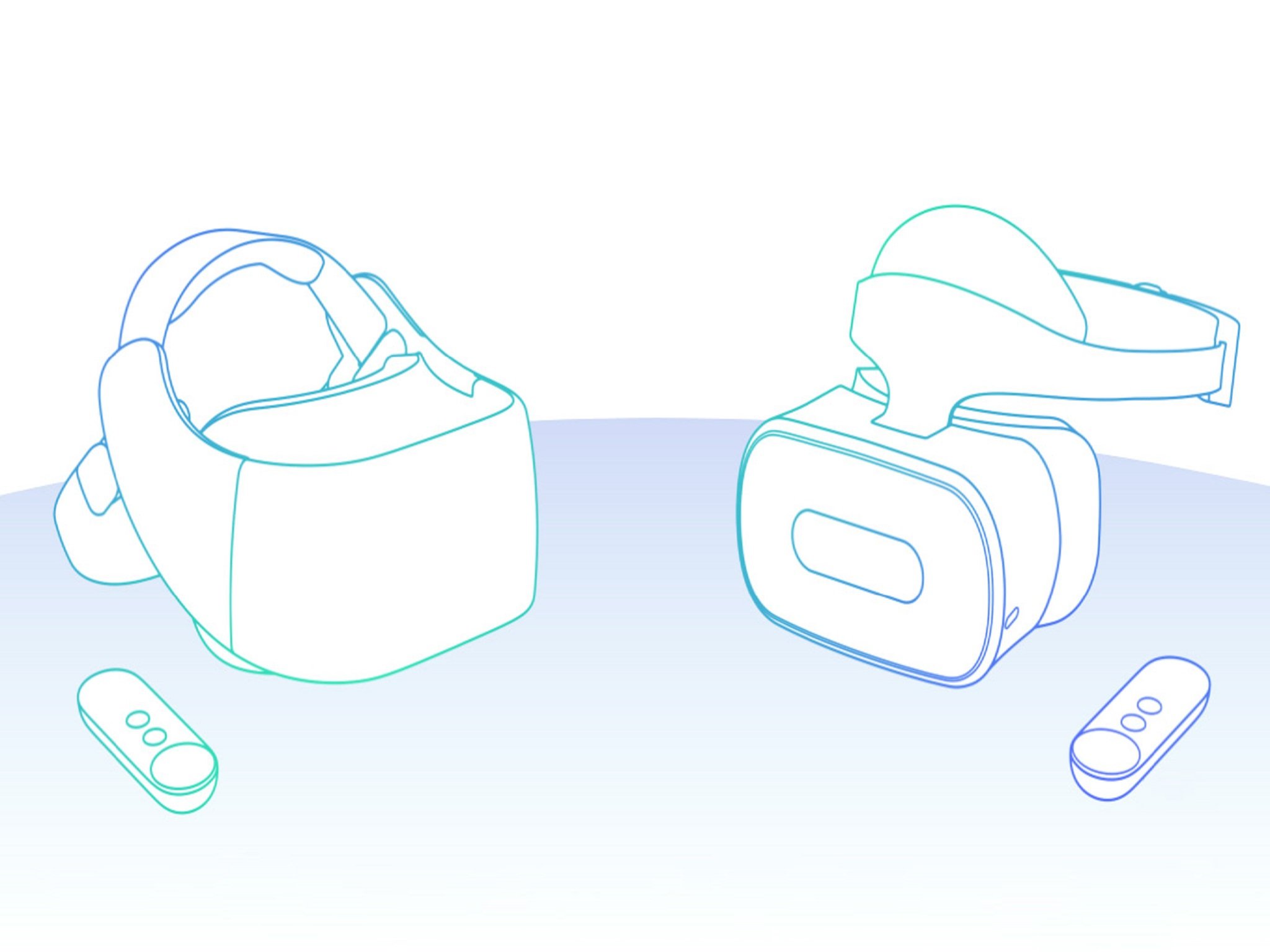Should you upgrade to Daydream Standalone?

The Daydream Standalone was brought up at Google I/O 2017 by Clay Bavor, the VP for Virtual and Augmented Reality at Google. Normally your Daydream headsets are powered by your phone, but now Google is pairing up with Lenovo to come up with a portable headset that only requires itself to perform. You're probably wondering if the upgrade is going to be worth it, and I'm here to help you figure it out.
Let's start with company expectations
Now that we know HTC has decided to step down so it can focus on its own standalone headset on the Chinese Market, that leaves the design of the Mirage Solo between Google and Lenovo. We already know and love the Google Daydream. For a headset that's portable and powered by your phone, it's a pretty great device, with plenty of apps to keep you entertained. As for the Lenovo Explorer, it's alright, but not a choice product over its competitors, like Oculus or HTC Vive.
"Congrats to @lenovo for winning Best of CES award for AR/VR Headsets with their Mirage Solo! Read more about the headset here: pic.twitter.com/lwb6PCG4tD"Congrats to @lenovo for winning Best of CES award for AR/VR Headsets with their Mirage Solo! Read more about the headset here: pic.twitter.com/lwb6PCG4tD— PCMag (@pcmag) January 16, 2018January 16, 2018
Despite our feelings on previous products, good or bad, the Mirage Solo did win the Best of CES award for VR/AR Headsets, and it did so for a reason.
Specs that we know so far

For starters, we know the headset will be called the Lenovo Mirage Solo with Daydream. We know it will support Bluetooth 5.0 and have a 4000mAh battery, which is pretty okay for a standalone headset. The product will also feature WorldSense, which is an "inside-out" tracking system that allows your visual on the headset to change as you move your head in the real world.
4000mAh batteries are definitely bigger than you'd get on a phone, but there's one thing I keep thinking of in regards to this. While the Bluetooth 5.0 will help conserve some of the battery life, I'm concerned the battery itself won't be able to support a standalone VR Headset for a long amount of time. We might get something reasonable like an hour or so, but probably not beyond that.
As for other specs, the device will have a Qualcomm Snapdragon 835 processor to bring you the best visuals. Other than that it looks like we'll be keeping the same design for the controllers. As pictured above, you can see the teaser image, which shows the same familiar sight of the Google Daydream controller. While I absolutely love the design of that controller, I would hope to get somewhat of an update with this new headset. But even if we don't, it's still a pretty good piece of equipment.
Prices
In Google's official statement, it said that cost for Daydream Standalone will be comparable to that of a computer-powered VR headset. To make us feel better about that, Google adds "without the cost of the computer," as if that's something we wouldn't expect from a standalone headset anyway. Since that means the pricing will be in the $300-$500 dollar range, I really hope it's going to be worth it.
Be an expert in 5 minutes
Get the latest news from Android Central, your trusted companion in the world of Android
For the same price as one that runs on PC hardware, I have feelings about not having two controllers for better immersion. Not to mention the better quality of hardware if it ran from my PC in general. But there is always a price for convenience, and hopefully it'll be closer to the $300 range.
Verdict

To all of what you've just read I'll say this; If you have the money to spend and want to be able to play your VR games in the middle of your local park, go for it. By the powers of Google and Lenovo combined, I have the utmost certainty they will create a device you're going to have a blast with, even if you can only play for an hour or so at a time. (Remember, portable chargers that fit in your back pocket are your friend.)
There's also the point that since it doesn't require any sort of outside source to run, sharing the device with your friends and traveling with it are that much easier. There aren't any cords that need to plug in anywhere, no list of compatible cell phones, and no hardware that needs to be installed on any of the said cellphones. Besides, can we take a moment to reflect on the possibilities of the augmented reality games for a headset that literally has no boundaries? Just the thought of all the possible Zombie chasing games has me ready to throw my money at Google like I'm Fry from Futurama.
Your thoughts?
After reading this how do you feel about the standalone headset coming out? Are there specs you love or hate? What do you think could change or improve? Do you plan to buy one or not, and why? Let us know in the comments below!
Essa Kidwell is an expert in all things VR and mobile devices who can always be found with an Oculus Go, a Pixel 2, and an iPhone 7+. They've been taking things apart just to put them back together for quite some time. If you've got a troubleshooting issue with any of your tech, they're the one you want to go to! Find them on Twitter @OriginalSluggo or Instagram @CosmeticChronus.

